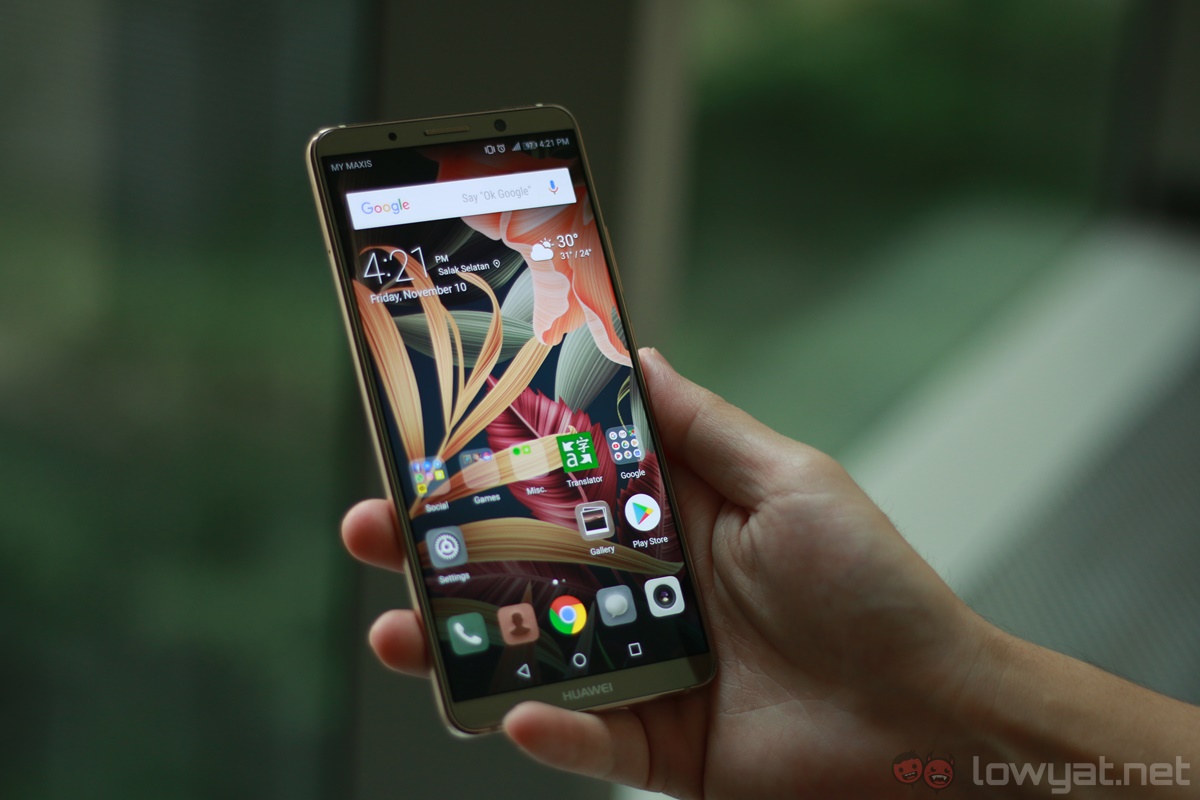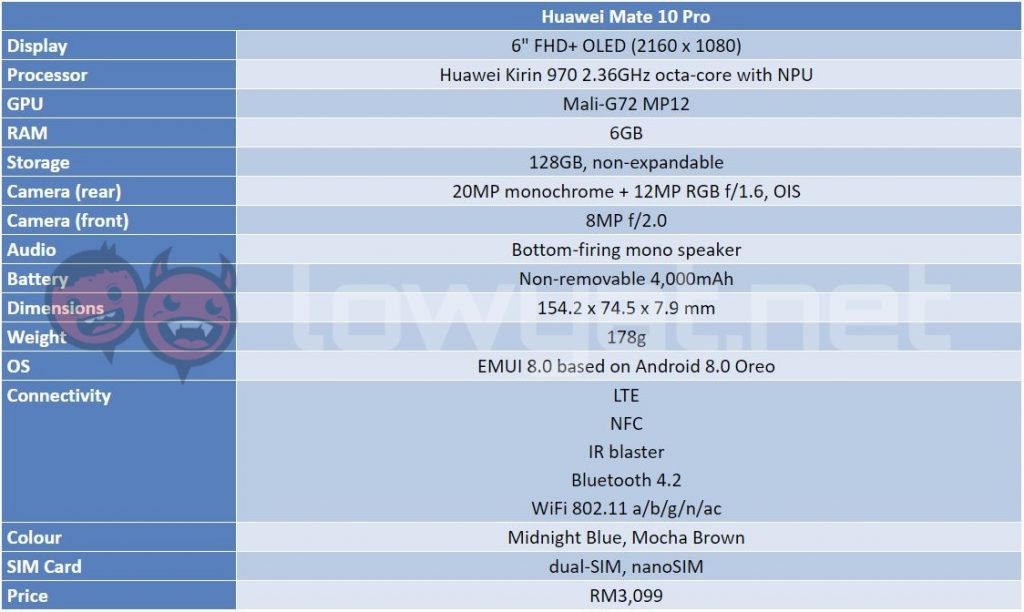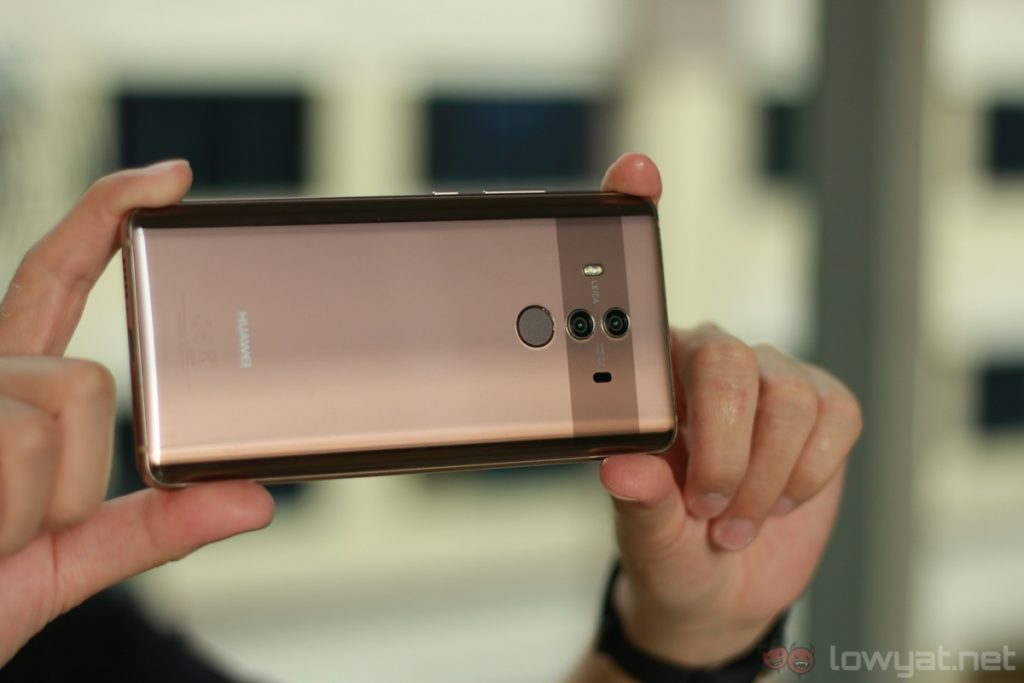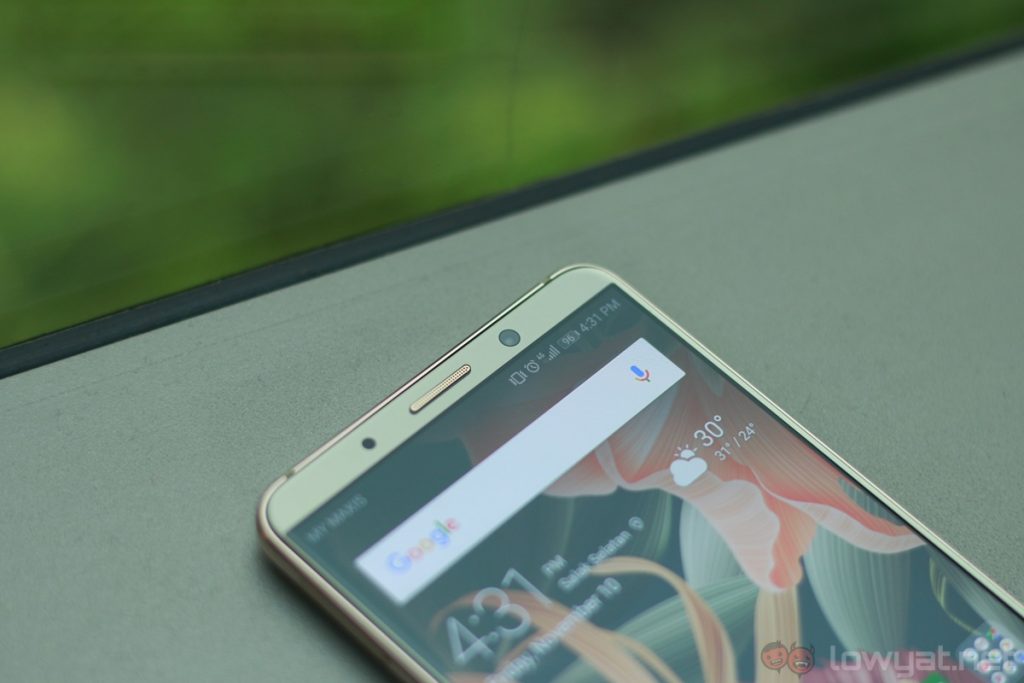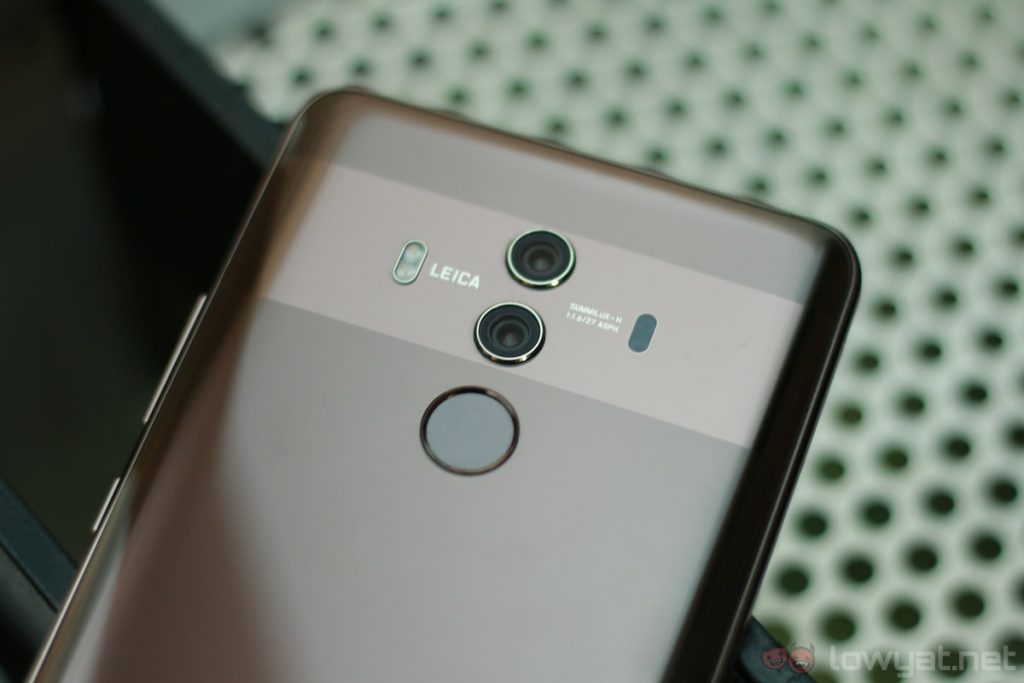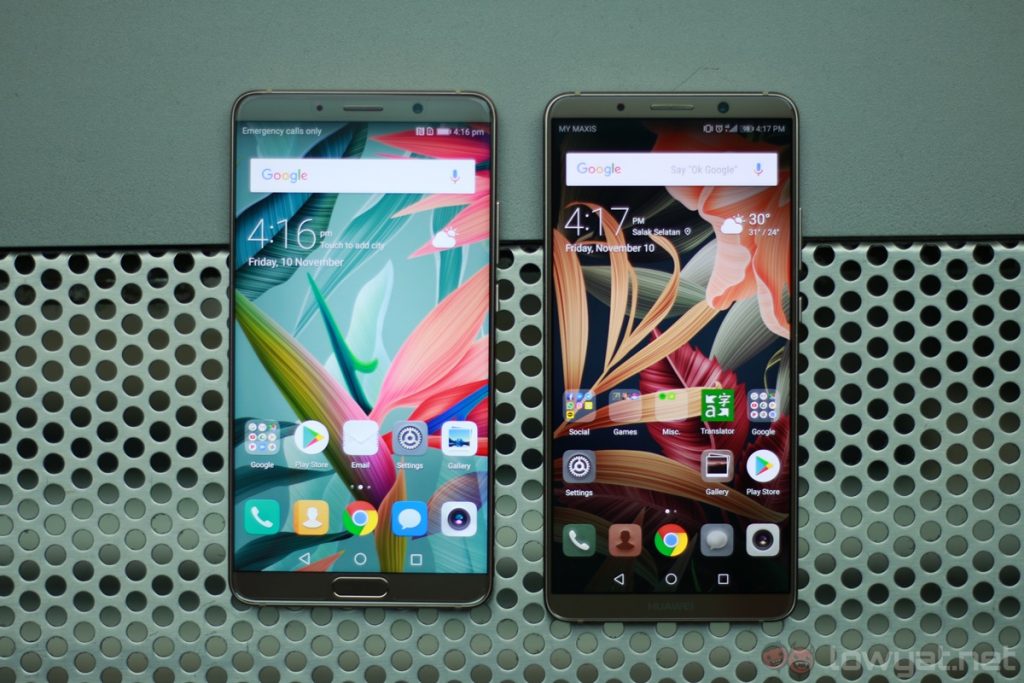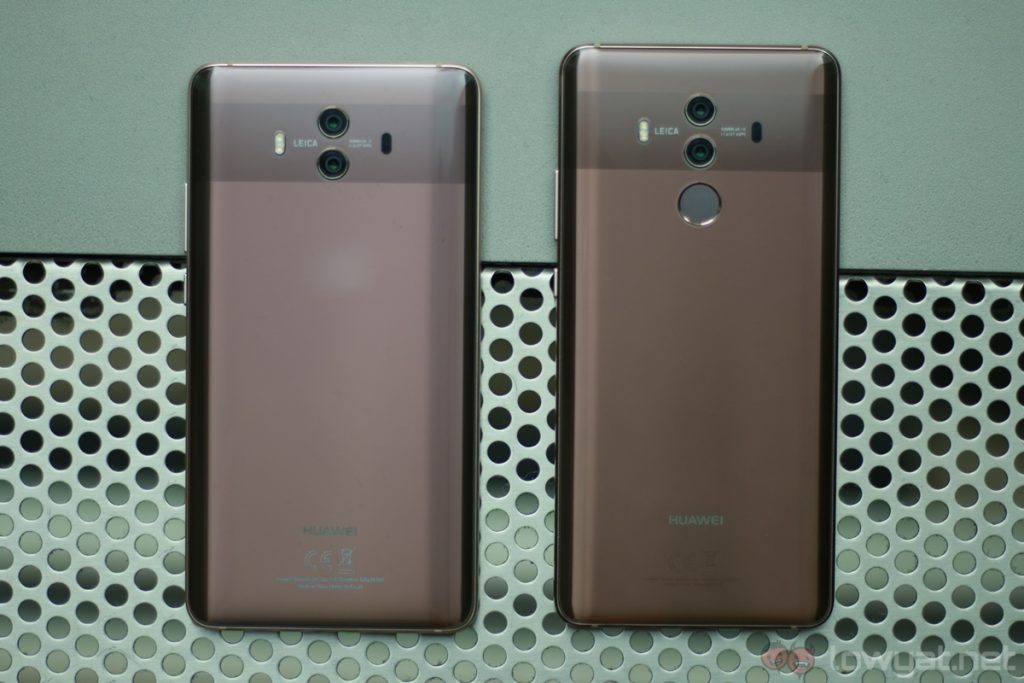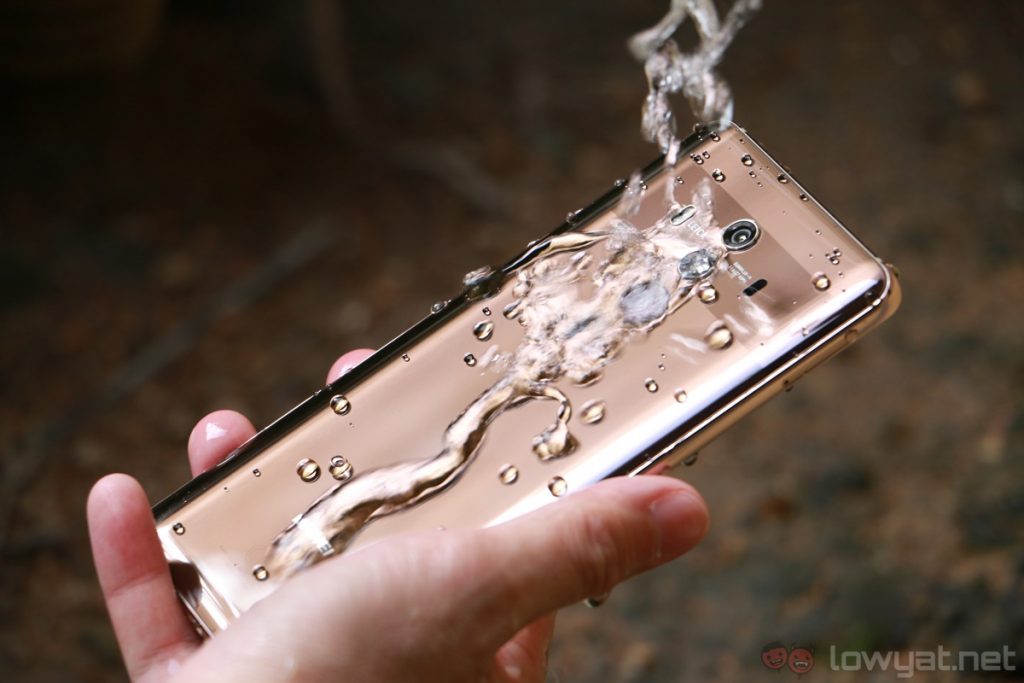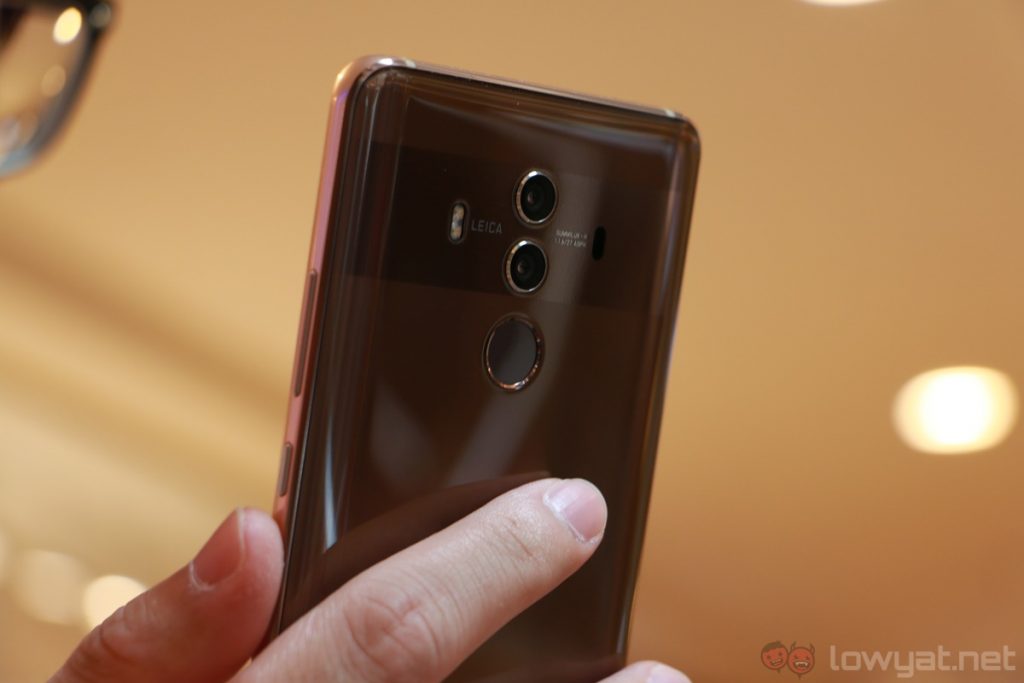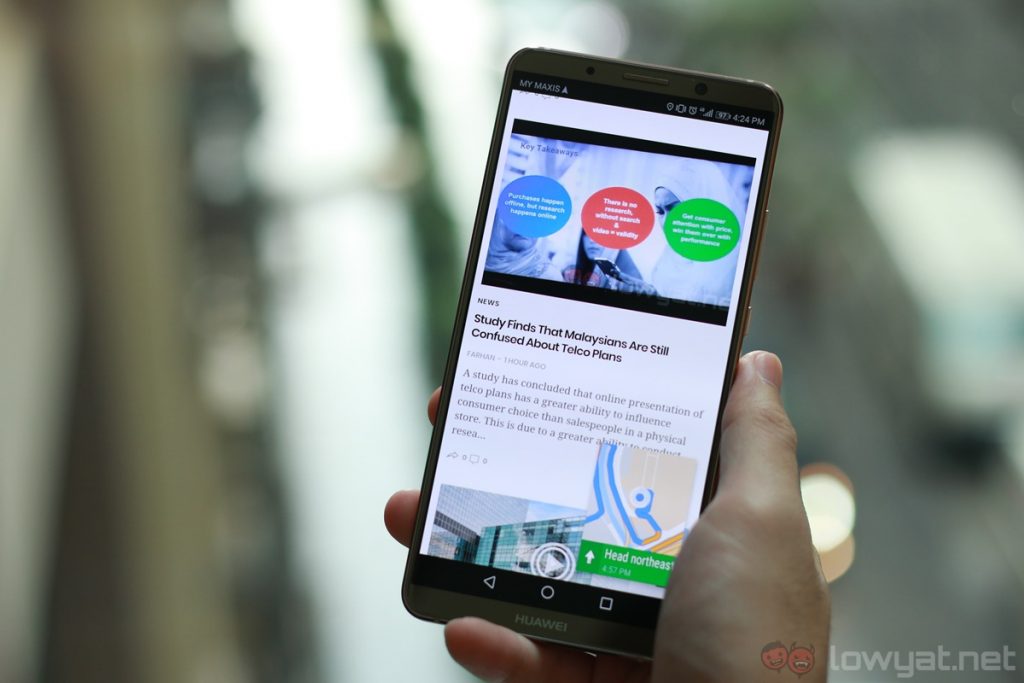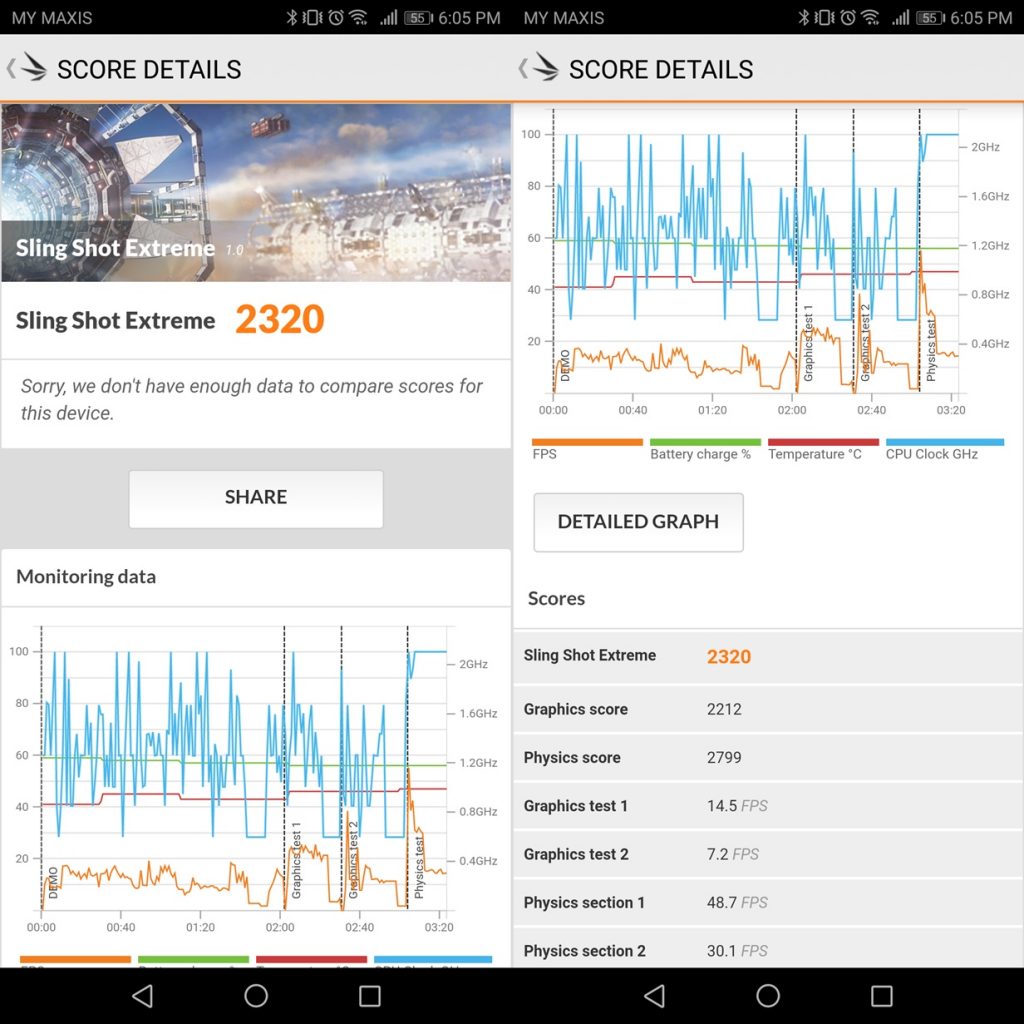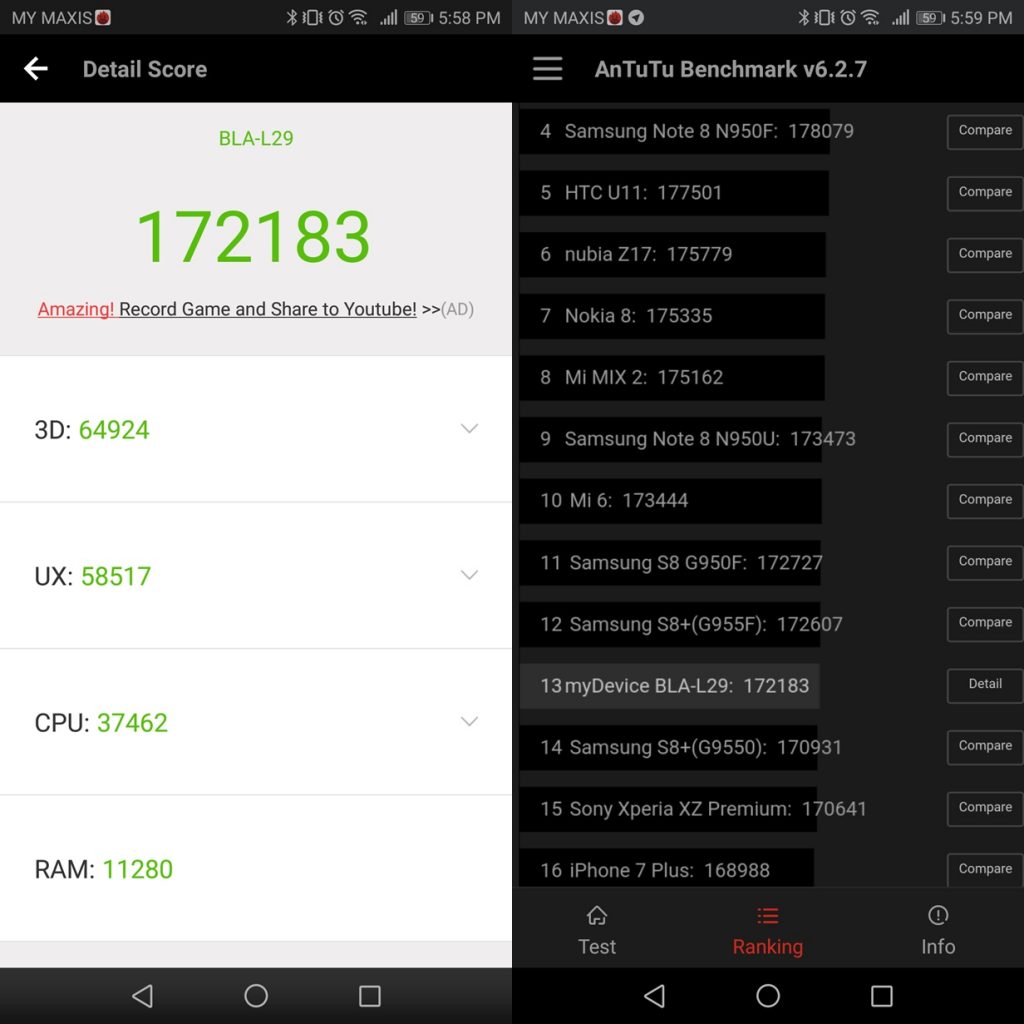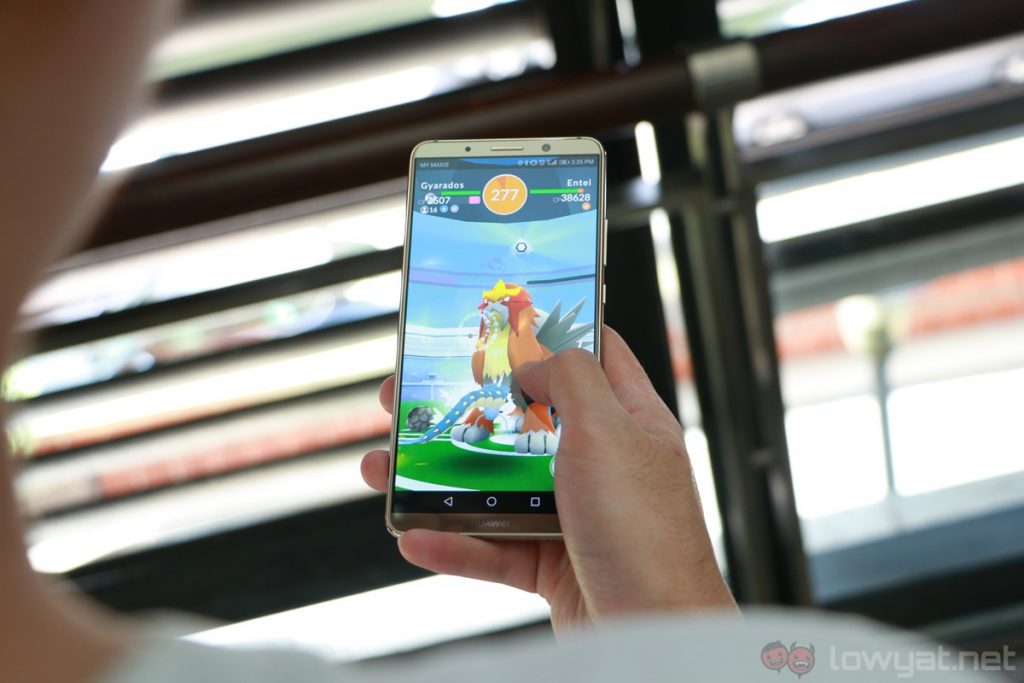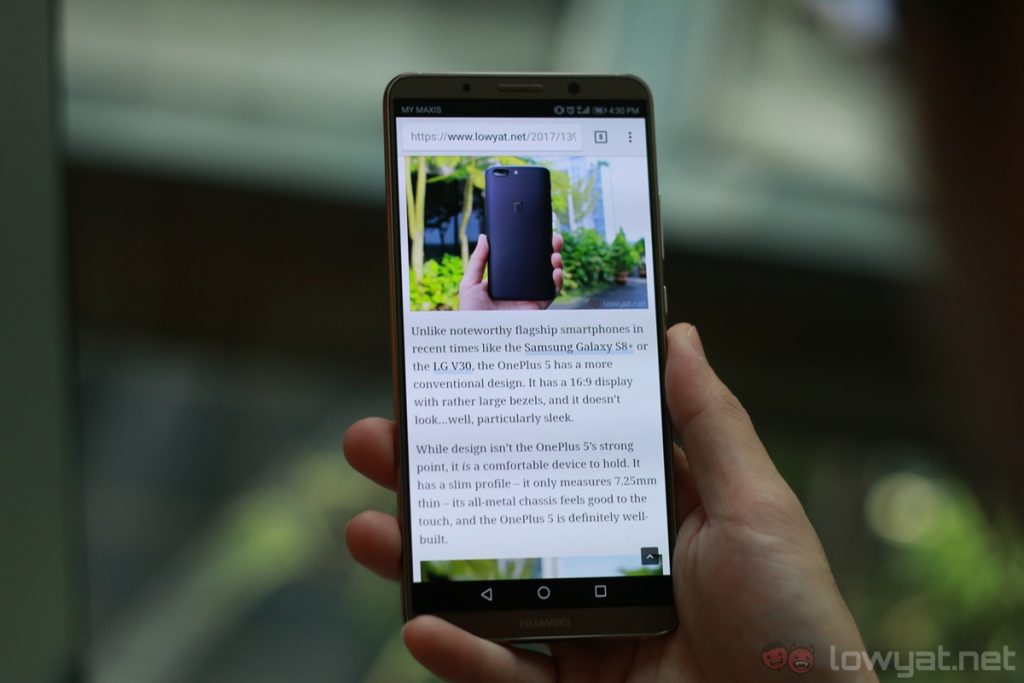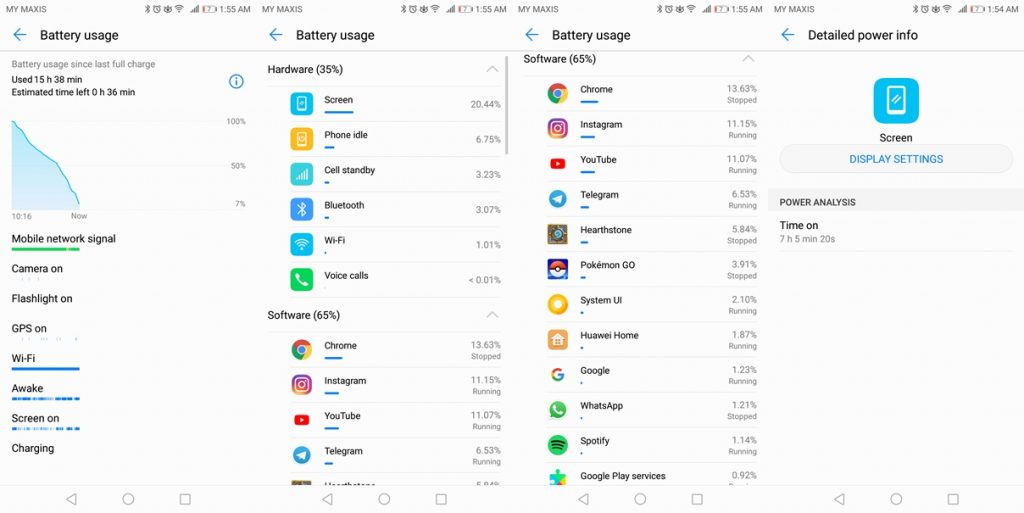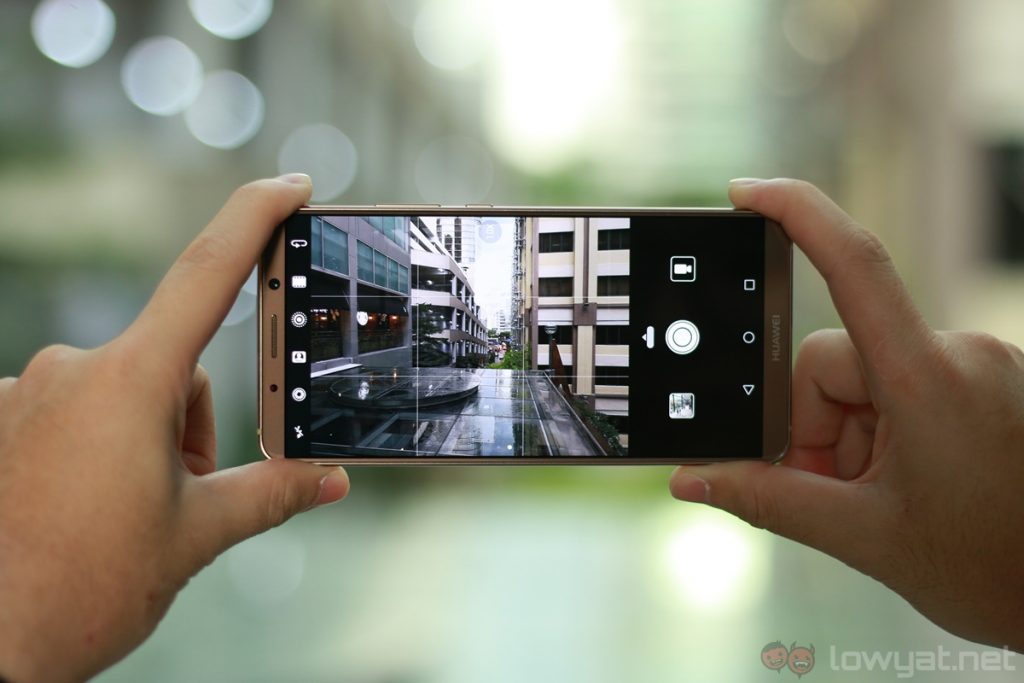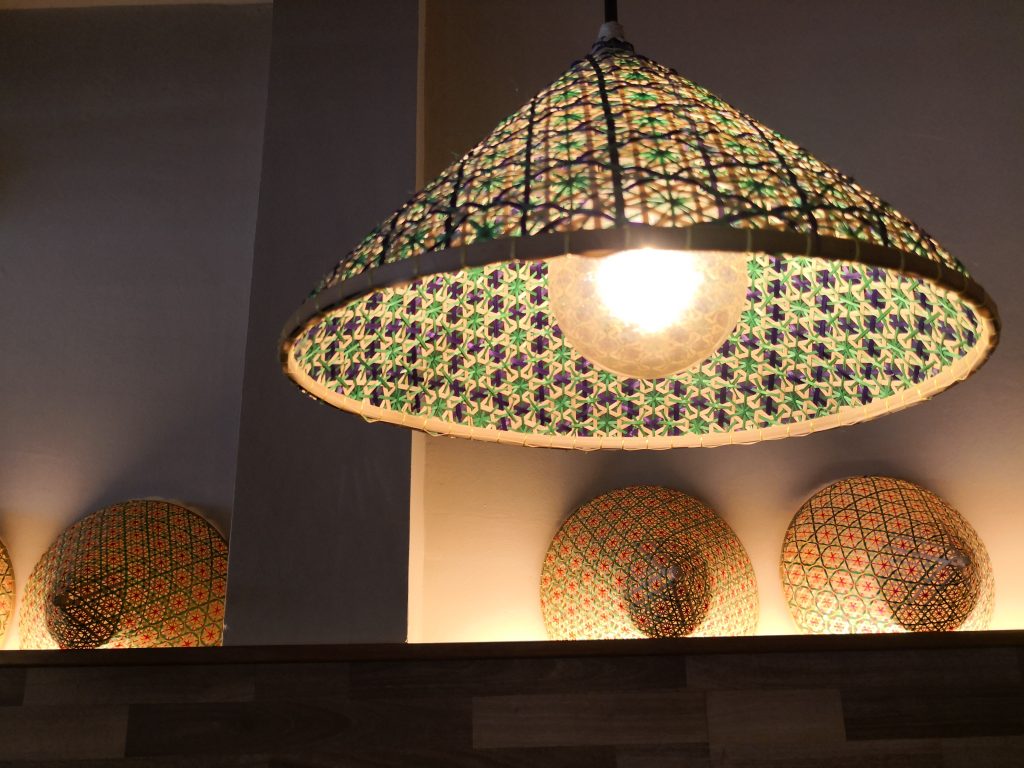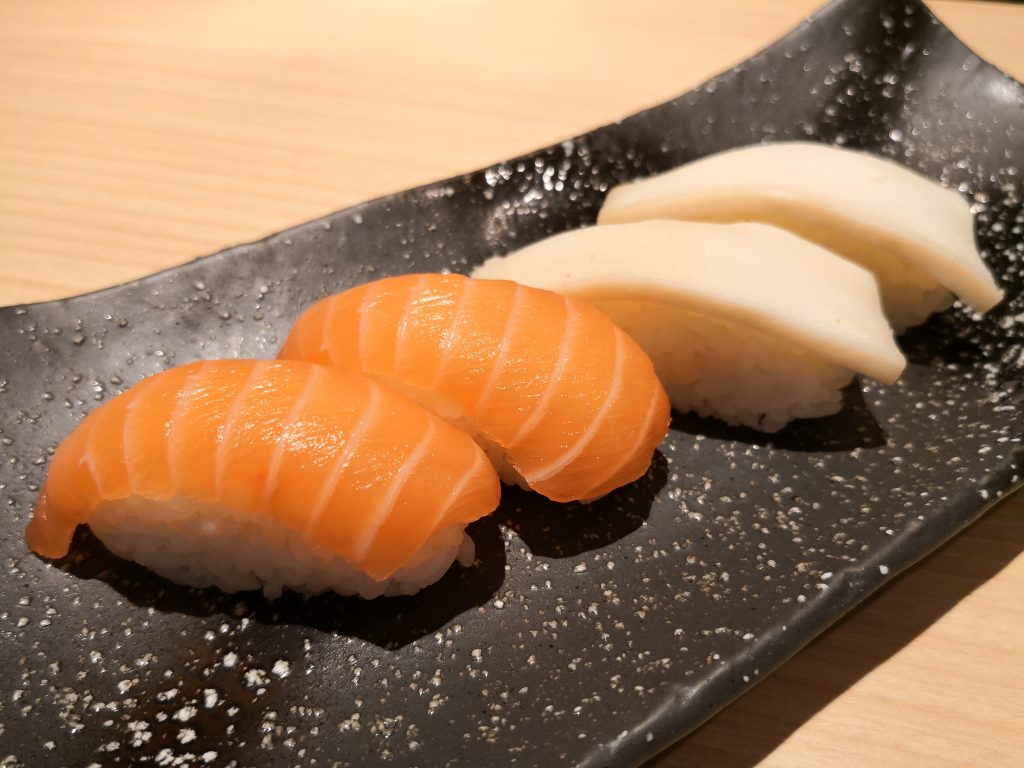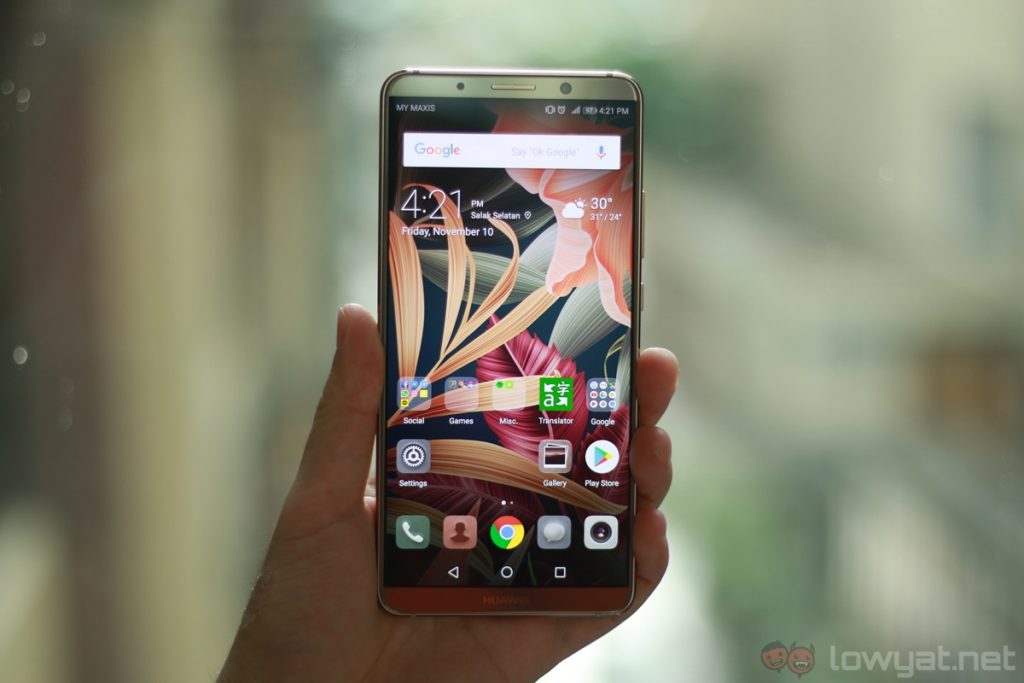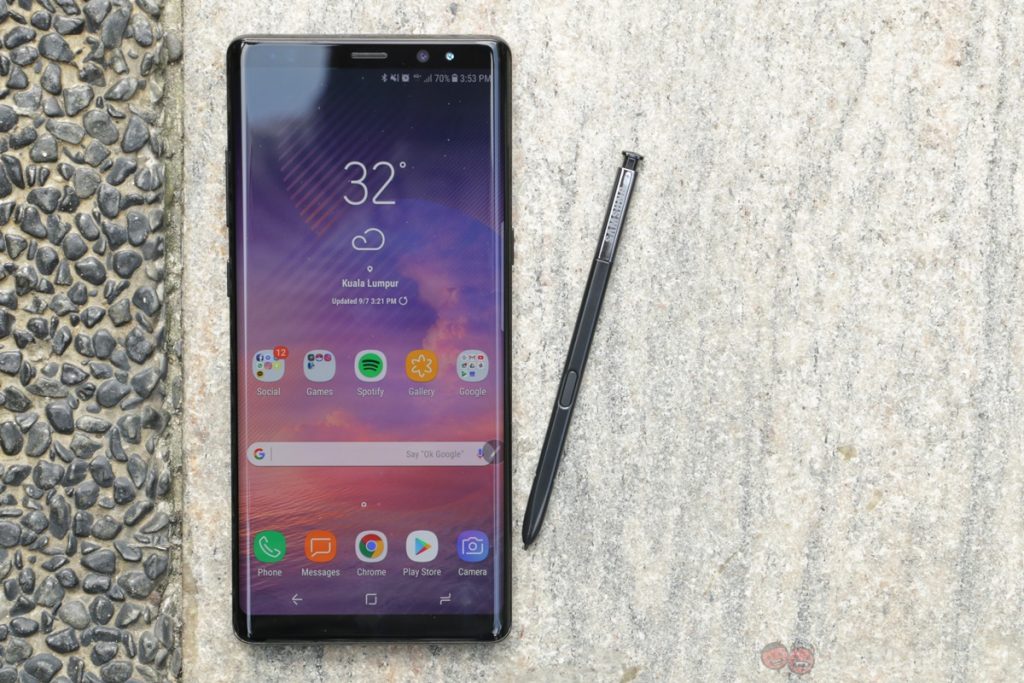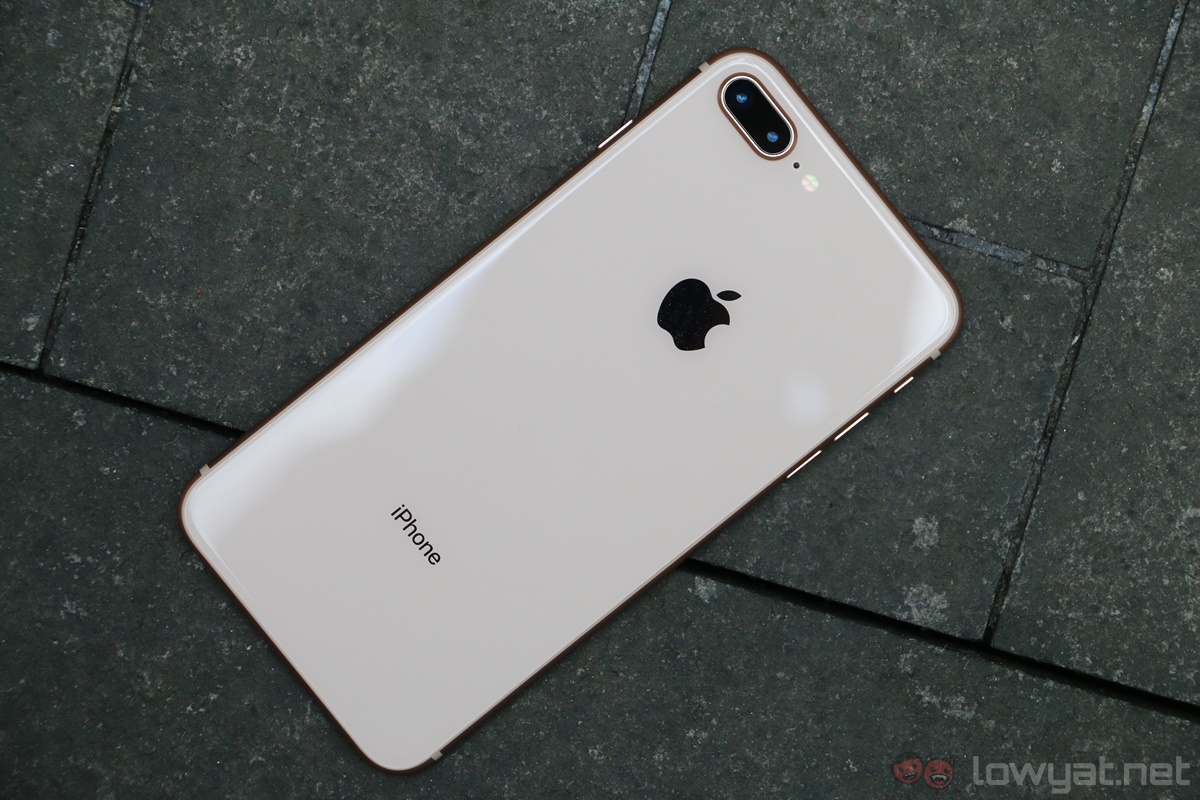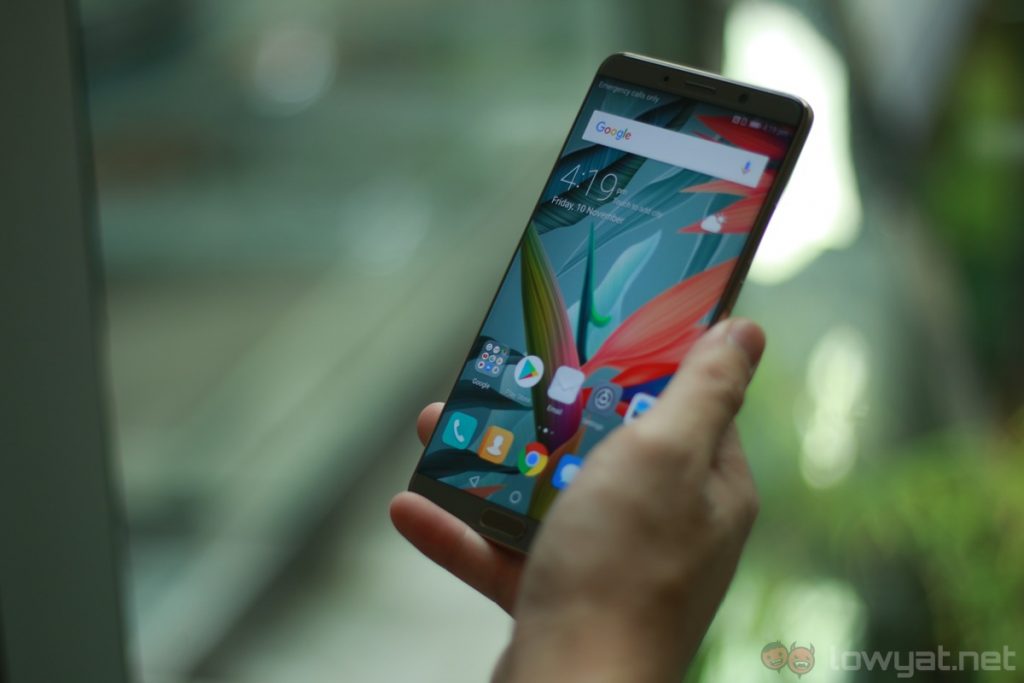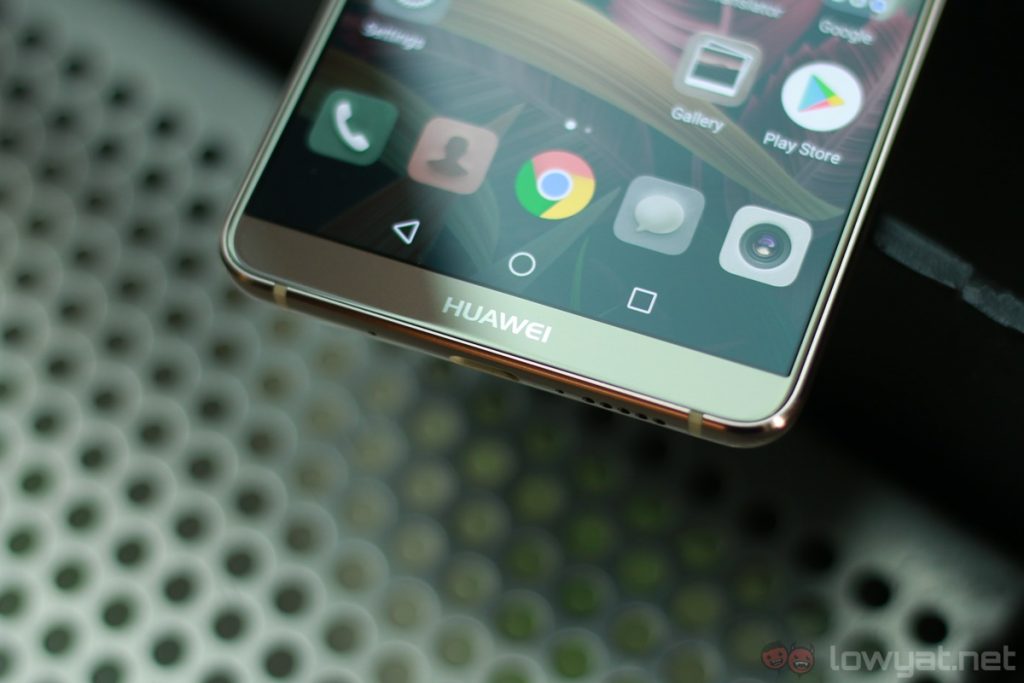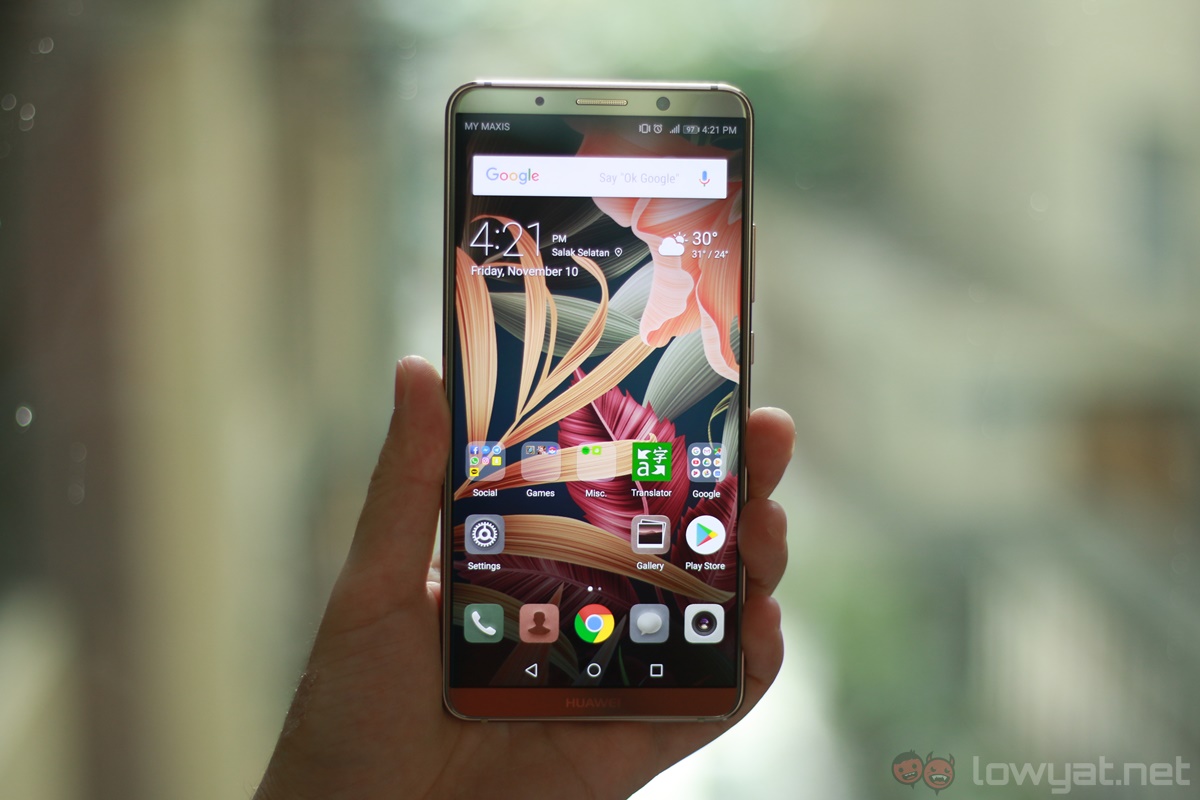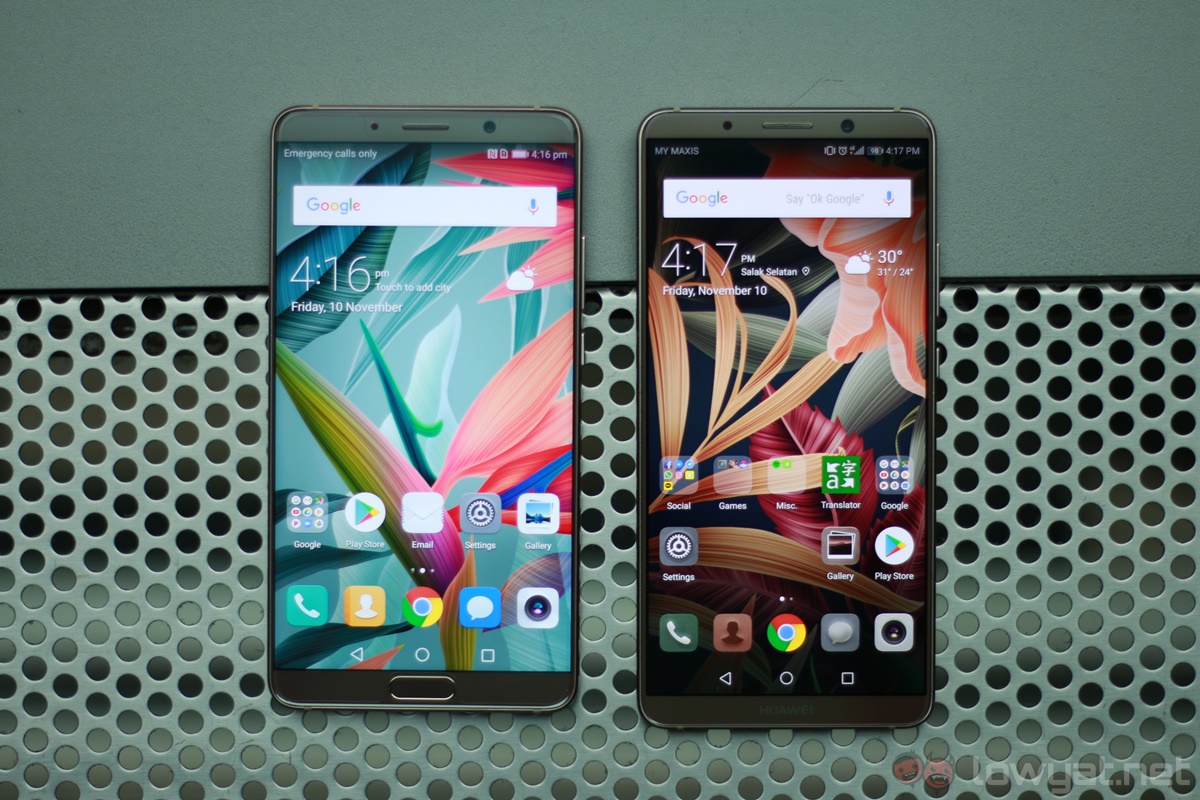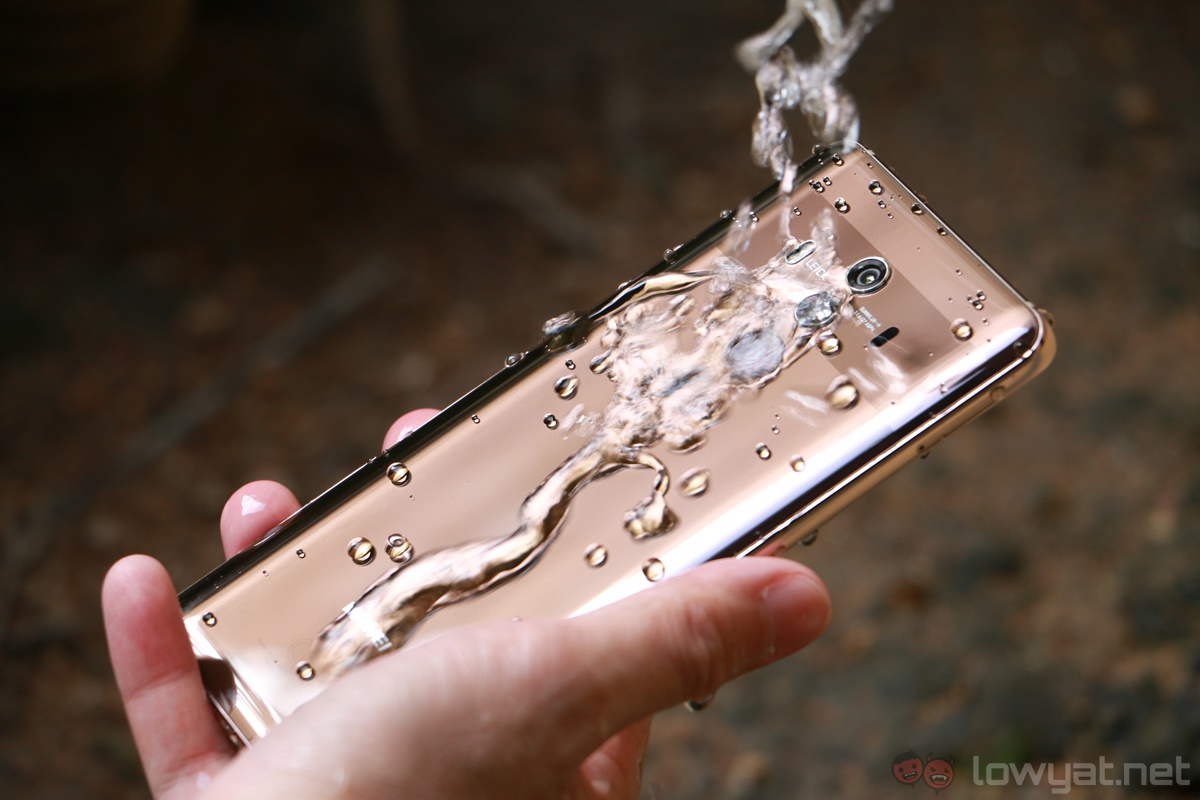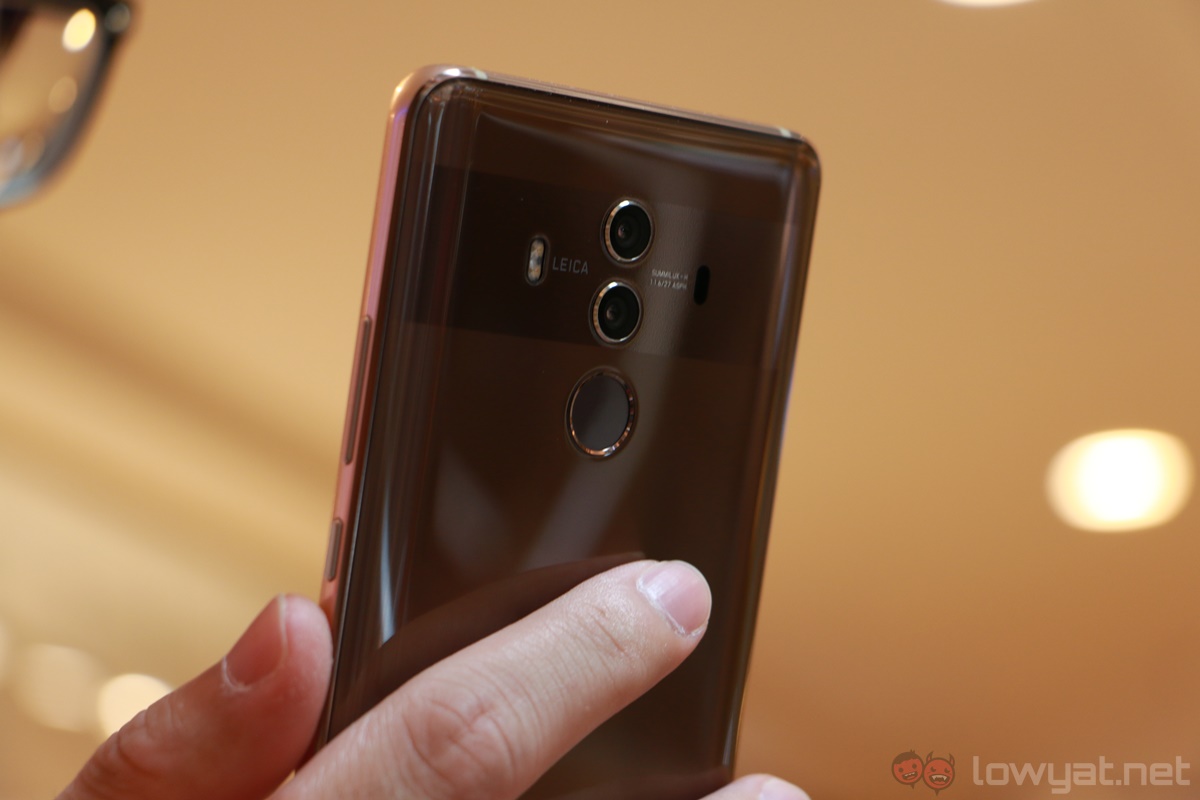Huawei’s Mate 9 series of smartphones were very capable flagship smartphones, but in some ways they were still behind the competition. They lacked certain key features, while other aspects of the smartphones were not exactly class-leading.
The Chinese company is aiming to show it has finally matched the competition with the introduction of the Mate 10 series. The Mate 10 Pro, in particular, brings a lot more to the table. It is sleek, it is water-resistant (finally), and it has a very impressive dual-camera system. The best part is, the Mate 10 Pro is priced rather competitively too.
That said, there is still room for improvement.
Specifications
Without a doubt, the Mate 10 Pro is a flagship smartphone through and through. Huawei’s Kirin 970 chipset is very capable, there is a generous 6GB of RAM, and 128GB of internal storage. However, the Mate 10 Pro does lack a microSD card slot and a headphone jack, which does harm the power user’s experience.
However, what makes the Mate 10 Pro particularly interesting are the new dual-camera system and the Kirin 970 chipset itself, which is touted as the first processor of its kind with a built-in Neural Processing Unit (NPU). We’ll explore these two hardware aspects further down this review.
Design
Huawei opted for a glass and metal design with the Mate 10 Pro, replacing the Huawei Mate 9 Pro‘s metal rear panel with a glass one, and the results are really quite stunning. The phone looks and feels more premium, and the horizontal stripes across the camera lens gives it a very unique design signature; it’s a nice little design quirk that draws attention to the Leica-branded dual-camera system.
Gone are the large bezels and front-facing fingerprint sensor.
The front panel sees a drastic change as well: Huawei further shaves off the bezels, and completely removed the front-facing fingerprint sensor. On top of that, the Mate 10 Pro has a taller and narrower 18:9 display too, though the display resolution has been reduced from its predecessor. Huawei has a good reason for doing so though, and we’ll get to that later.
A fast fingerprint sensor is one of the outstanding features of Huawei smartphones, so it was only natural that the Mate 10 Pro continues the tradition. It can recognise my fingerprints quickly, it’s accurate almost all the time, and I love the fact that I can pull down the notification shade by swiping down on the sensor; double tapping on it clears my notifications too.
There are a couple of oddities with the Mate 10 Pro.
There’s no denying the sleek appeal of the Mate 10 Pro, but there are a couple of oddities, especially in comparison to its more affordable sibling, the Mate 10. For starters, the Mate 10 has both a headphone jack and expandable storage – two classic power user requirements.
According to Huawei, these are design trade-offs with the Mate 10 Pro. Unlike the design ethos of the Mate 10 – which is focused on practicality – the Pro puts design first above all else. In exchange for the lack of these features, the Mate 10 Pro gains an IP67 rating and a sleeker, more streamlined design.
That being said, considering other phone makers can produce water-resistant phones without taking out the headphone jack, I wonder if Huawei could’ve done the same too.
Regardless, design is only one aspect of a smartphone, and the Mate 10 Pro certainly has more to offer in other areas.
User Experience
Let’s get the least impressive quality of the Mate 10 Pro out of the way first: software. Running on EMUI 8.0 based on Android 8.0 Oreo, the Pro’s software experience is marred by small, niggling issues.
EMUI 8.0 is slightly buggy.
Over the course of the review period, the Mate 10 restarted on its own once, and froze up quite a number of times while on YouTube before glitching to the lock screen for no reason. The UI also got a little funky when I entered Split Screen Mode. These are by no means huge issues, but it does highlight the need for some polish and refinement on EMUI 8.0.
Despite these small bugs, EMUI 8.0 brings a number of interesting features from Android 8.0 Oreo too; my personal favourite is Picture-in-picture (PiP) Mode. On certain apps, pressing the home button would minimise the app into a small window that can be moved around. In my testing, videos playing on Chrome and Google Maps work seamlessly with PiP. YouTube also supports this neat feature, but it is only available to YouTube Red subscribers in certain countries.
Picture-in-picture Mode is a meaningful new addition.
Software aside, the Mate 10 Pro is one fast smartphone. It is very responsive with no noticeable stuttering or lag, and switching between two apps with a double tap of the recent apps button is very seamless. Of course, gaming on the Pro is very, very fun too.
Speaking of which, there’s also the Kirin 970’s NPU chip, which enables the SoC to perform AI computing tasks faster and more efficiently. I put this to the test with the built-in Microsoft Translator app, and…well, it does translate a full press release in English to Chinese faster than another flagship phone without an NPU.
The NPU is definitely a forward-thinking addition to the Mate 10 Pro, but it currently only works on certain apps such as Microsoft Translator and the camera app’s AI-powered scene recognition algorithms. Huawei also touts machine learning capabilities in maintaining the phone’s software to not slow down over time, but it is unclear if the NPU improves this aspect since this was already touted back in the Mate 9 series.
And then we have the 6-inch 18:9 OLED FullView Display of the Mate 10 Pro. With a 2160 x 1080 resolution, the Pro’s display isn’t the sharpest in the market, but it’s more than adequate in day-to-day use. Colours are punchy, texts and images look sharp, and the excellent black levels from the OLED panel make this a very pleasant display to look at.
The 4,000mAh cell can return some impressive battery life.
There’s a very good reason why Huawei opted for a 1080p display on the Mate 10 Pro: this phone sips battery unlike any phone I’ve used so far. By the end of the day, I almost always have more than 20% to 30% of battery left – and I’m a very heavy user. In fact, I can get between six to seven hours of screen on time, which is the first time I’ve seen a phone deliver consistently.
The Mate 10 Pro’s charging rate is equally impressive too. Even though it’s packed with a generous 4,000mAh battery, the phone charged up to 60% in only 30 minutes. Needless to say, Huawei’s SuperCharge technology definitely delivers.
I thoroughly enjoyed using the Mate 10 Pro as my daily driver, and if I were to look past its slightly buggy software, it’s a really pleasant to use flagship smartphone. Hopefully, Huawei will improve upon EMUI 8.0 in future software updates.
Camera
Huawei and Leica have collaborated several times on Huawei’s previous camera setups, and the Mate 10 Pro’s 20MP monochrome + 12MP RGB f/1.6 cameras may just be their best work yet.
Unlike the Galaxy Note 8 or the iPhone 8 Plus, the Pro’s dual-camera system does not include a telephoto lens, so there’s no 2x optical zoom here – but there’s a “hybrid zoom” feature that takes advantage of the denser 20MP sensor and some software algorithms to produce a similar zoom effect.
What the Mate 10 Pro lacks in optical zoom, it makes up for in general performance. The monochrome and RGB sensors work in tandem to deliver some truly great-looking images. On top of that, the Pro’s camera interface has never felt more responsive, and its autofocus speeds are fast too.
The Leica-certified dual-camera truly shines in low-light.
Daylight performance of the Mate 10 Pro’s camera is unsurprisingly good, but the Leica-certified dual-camera system truly shines in low-light conditions. Dynamic range is great, images are sharp, and the camera doesn’t feel sluggish even when lighting isn’t ideal. Oh, the Monochrome Mode can produce some really impressive black and white shots too.
If I were to nitpick, I wish the Mate 10 Pro had Auto HDR. Of course, even without the feature, the Pro can yield some great-looking images, but imagine if it had auto HDR – especially in high contrast scenes.
Iffy Portrait Mode, but can deliver with some effort.
When it comes to portrait shots, however, the Mate 10 Pro isn’t quite as impressive. It doesn’t work as seamlessly as, say, the Samsung Galaxy Note 8‘s Live Focus or the iPhone’s Portrait Mode, and the results are not always…desirable. But given some effort and patience, the Mate 10 Pro’s Portrait Mode does perform pretty well, especially in brightly-lit areas with a clear separation of subject and background. Interestingly, even the front-facing camera is capable of taking portrait shots – but just be sure to dial down the enhancement levels.
 Portrait Mode with the dual-camera system (top) and the selfie camera.
Portrait Mode with the dual-camera system (top) and the selfie camera.
All in all, the Mate 10 Pro’s Leica-branded dual-camera setup is Huawei’s most impressive camera system yet. In fact, it’s definitely up there among the best smartphone cameras I’ve reviewed, although the iffy Portrait Mode slightly mars the experience.
Sample Images
Competition
Retailing at RM3,099, the Mate 10 Pro certainly carries a compelling price tag for a feature-rich flagship smartphone. At that price point, the Pro will inevitably be compared to one of the best high-end Android phones in the market now: the Samsung Galaxy Note 8.
Not surprisingly, the Galaxy Note 8 costs considerably more at RM3,999, but its market price has dropped quite a bit since it was launched. In fact, it can be purchased well below the RM3,500 mark now, which puts it much closer to the Mate 10 Pro’s price point.
As it is a costlier phone, the Note 8 naturally offers more. It has a sharper, more impressive 6.3-inch Super AMOLED Infinity Display, equally sleek design, a more polished software experience – albeit it’s still running on Android 7.0 Nougat – as well as support for expandable storage and a headphone jack. The Note 8’s signature S Pen, is, of course, something the Mate 10 Pro does not offer as well.
But to the Mate 10 Pro’s credit, it does seem to edge the Galaxy S8+ in the camera department, and the Note 8 has similar camera performance – bar the secondary telephoto lens. (It’s worth noting that the Note 8’s Live Focus is more pleasant to use than the Pro’s Portrait Mode.) There’s also the fact that the Mate 10 Pro has superior battery life and better fingerprint sensor placement.
And then there’s the iPhone 8 Plus, which retails from a hefty RM4,149 for the 64GB mode and all the way up to RM4,899 for the 256GB variant. Not only does the Mate 10 Pro offer more value for money, its camera performance, design, and maybe even battery life, are superior to the 8 Plus; the iPhone looks really dated next to the Pro. Of course, it’s a different story for the iPhone X, but that’s almost double the price of the Mate 10 Pro.
However, the software experience and performance level of the iPhone 8 Plus are definitely superior to the Mate 10 Pro: this is really iOS’ inherent advantage over Android. Of course, it’s down to every user’s preferences as to which operating system is more pleasant to use, but there’s no denying the level of polish, performance, and refinement of iOS.
The price gap between these two phones, on the other hand, may not justify them.
Last but not least is competition from the Mate 10 Pro’s own family: the standard Huawei Mate 10. Although its more affordable sibling lacks certain features like IP67 rating and an 18:9 display, it is much more practical thanks to the inclusion of a microSD card slot and a headphone jack. On top of that, the Mate 10 also has a sharper 2560 x 1440 RGBW IPS display with equally minimal bezels. It also costs RM400 less than the Pro.
The Mate 10 is the Pro’s more practical sibling.
However, the Mate 10 Pro does have an upper hand in terms of ergonomics; the taller and narrower display makes it that much easier to use with one hand. There’s also the fact that it is water-resistant, which really should be a standard feature for any flagship smartphone worth its salt.
Conclusion
The Huawei Mate 10 Pro really shows just how much the company has grown over the years, and it is one heck of a smartphone. Yes, the phone lacks support for expandable storage, it has no headphone jack, and its 1080p display isn’t “cutting edge” in comparison to other flagship smartphones, but the Mate 10 Pro as a whole is an excellent premium-tier phone with commendable camera performance and battery life.
If you want a more practical smartphone and you’re willing to forego the Pro’s 18:9 display and water resistance, there’s the more affordable Mate 10. Personally, however, I prefer the sleeker looks of the Mate 10 Pro and its rear fingerprint sensor – it all comes down to individual user’s preferences.
Is the Mate 10 Pro a good flagship smartphone? Absolutely.
The phone’s slightly buggy software and Portrait Mode performance show there is still room for improvement, but if anyone asks me if the Mate 10 Pro is a smartphone worth buying, the answer is a resounding yes.
Photography by Leon Lam.
Follow us on Instagram, Facebook, Twitter or Telegram for more updates and breaking news.


